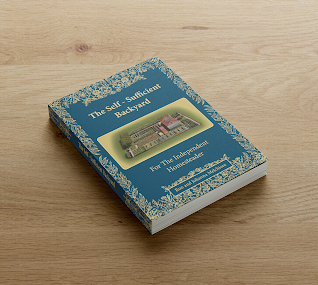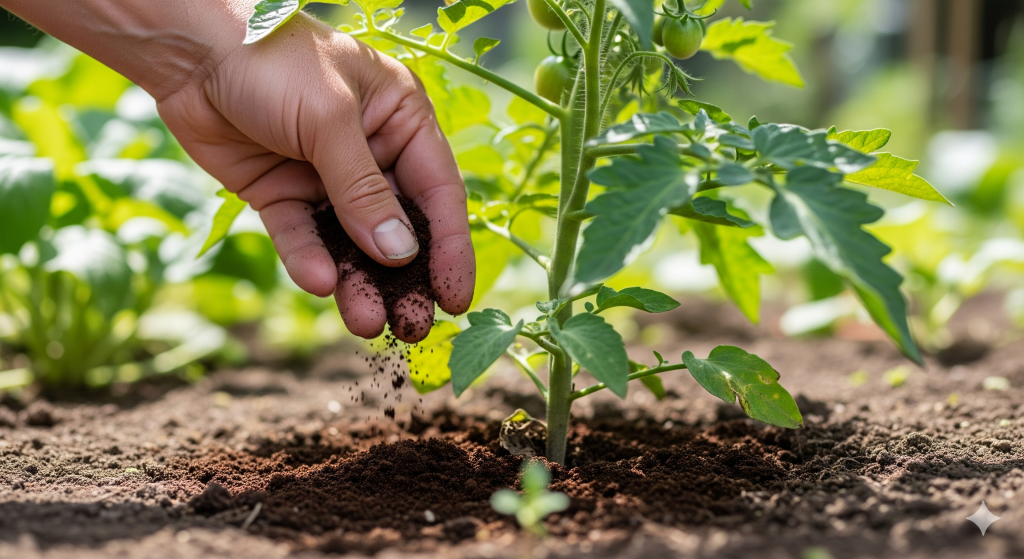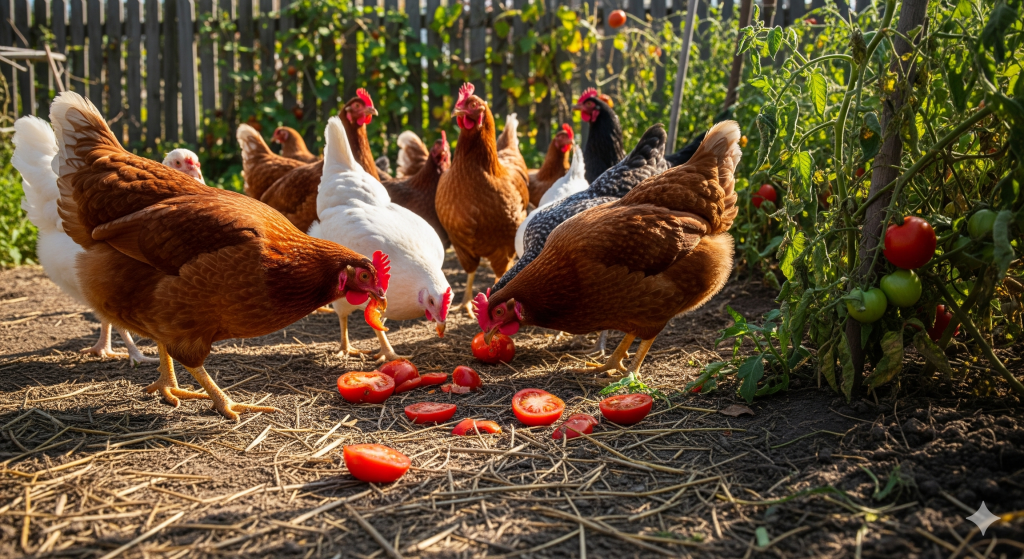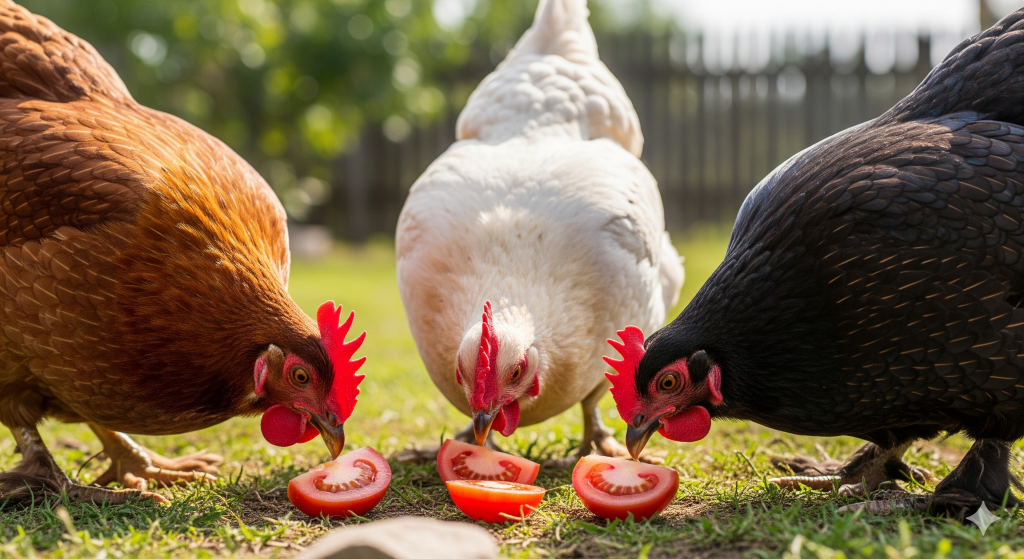For gardeners who are also coffee lovers, the daily ritual of brewing a pot of coffee produces a consistent supply of a valuable resource: used coffee grounds. This has led many to wonder, “Can you put coffee grounds on tomato plants?” The answer is a resounding yes! Used coffee grounds can be a fantastic, free, and organic amendment for your tomato plants, providing a slow-release source of nutrients and improving soil structure.
However, like any soil amendment, there’s a right way and a wrong way to use them. Understanding how to properly apply coffee grounds can be the difference between helping your tomato plants thrive and inadvertently hindering their growth. This guide will walk you through the best methods for using this “black gold” in your garden, whether your tomatoes are in the ground or in pots.
How to Use Coffee Grounds for Tomato Plants
Fresh, unbrewed coffee grounds are highly acidic and should not be used directly on plants. However, the brewing process neutralizes the vast majority of this acidity. Used coffee grounds are only slightly acidic, with a pH typically ranging from 6.5 to 6.8, which is a perfect range for tomatoes that prefer slightly acidic soil.
Here are the best ways to apply them:
- Work Them Into the Soil: The most effective method is to incorporate the grounds directly into the soil. Before planting, you can mix a moderate amount of used coffee grounds into the top 6-8 inches of your garden bed. This improves soil tilth (structure), aeration, and water retention.
- Top Dress or Side Dress: After your tomato plants are established, you can “side dress” them by sprinkling a thin layer (no more than half an inch) of used coffee grounds on the soil surface around the base of the plant, keeping them a few inches away from the stem. Gently work the grounds into the top inch of soil.
- Add to Compost: This is arguably the best and safest method. Coffee grounds are considered a “green” material in composting, meaning they are rich in nitrogen. They balance out “brown” materials like dried leaves and cardboard, helping to heat the pile and accelerate decomposition. Adding grounds to your compost bin first allows them to break down fully, creating a balanced, nutrient-rich amendment that is perfect for tomatoes.
Ready to Take Your Self-Sufficiency to the Next Level?

If you love the self-sufficient lifestyle, this is the only guide you’ll ever need. Learn how to generate your own power, secure your water supply, and become truly independent. No fluff, just actionable plans.
➡️ Check out The Self-Sufficient Backyard and start your journey today!
Can You Put Coffee Grounds on Tomato Plants in Pots?
Yes, you can use coffee grounds for tomatoes in pots, but moderation is even more critical in a contained environment. The soil in pots can become compacted more easily, and nutrient levels can fluctuate dramatically.
When using grounds for potted tomatoes, mixing them into the potting soil before planting is the best approach. A good ratio is to ensure the coffee grounds make up no more than 10-20% of the total soil volume. Avoid applying a thick layer on top of the soil in a pot, as this can create a dense, water-resistant crust that prevents moisture and air from reaching the roots.
Can You Put Coffee Grounds on Tomato Plants in Water?
Yes, you can create a liquid fertilizer, often called “coffee ground tea,” to water your tomato plants. This is an excellent way to provide a gentle, immediate nutrient boost.
To make it, simply add about two cups of used coffee grounds to a 5-gallon bucket of water. Let the mixture steep for a few hours or overnight. You can then use this nutrient-infused water to feed your tomato plants at their base. This method is great for both in-ground and potted tomatoes and can be done every couple of weeks during the growing season.
Can You Put Too Much Coffee Grounds on Tomato Plants?
Yes, you can definitely have too much of a good thing. While beneficial in moderation, applying excessive amounts of coffee grounds can cause problems:
- Soil Compaction: Applying a thick, unmixed layer of grounds on the soil surface can lead to compaction. As the fine particles lock together, they can form a barrier that repels water and suffocates the plant’s roots.
- Slowed Growth (Caffeine): While most caffeine is washed out during brewing, trace amounts remain. In very high concentrations, caffeine can actually inhibit the growth of some plants, including tomatoes.
- Nitrogen Imbalance: Although nitrogen is good, an extreme excess can lead to lush, leafy growth at the expense of blossoms and fruit production.
Always apply grounds sparingly. A thin layer worked into the soil or a weekly watering with coffee ground tea is far more effective than a single, heavy application.
Conclusion
Don’t let your used coffee grounds go to waste. They are a valuable, free, and organic resource that can significantly benefit your tomato plants when used correctly. Whether you choose to work them into the soil, add them to your compost pile, or brew them into a liquid fertilizer, coffee grounds offer a gentle, slow-release source of essential nutrients that supports healthy foliage and robust growth. The key is moderation—avoid applying thick layers that can compact the soil. By treating coffee grounds as a potent amendment rather than a primary soil component, you can enrich your garden, reduce waste, and help your tomato plants thrive all season long.



